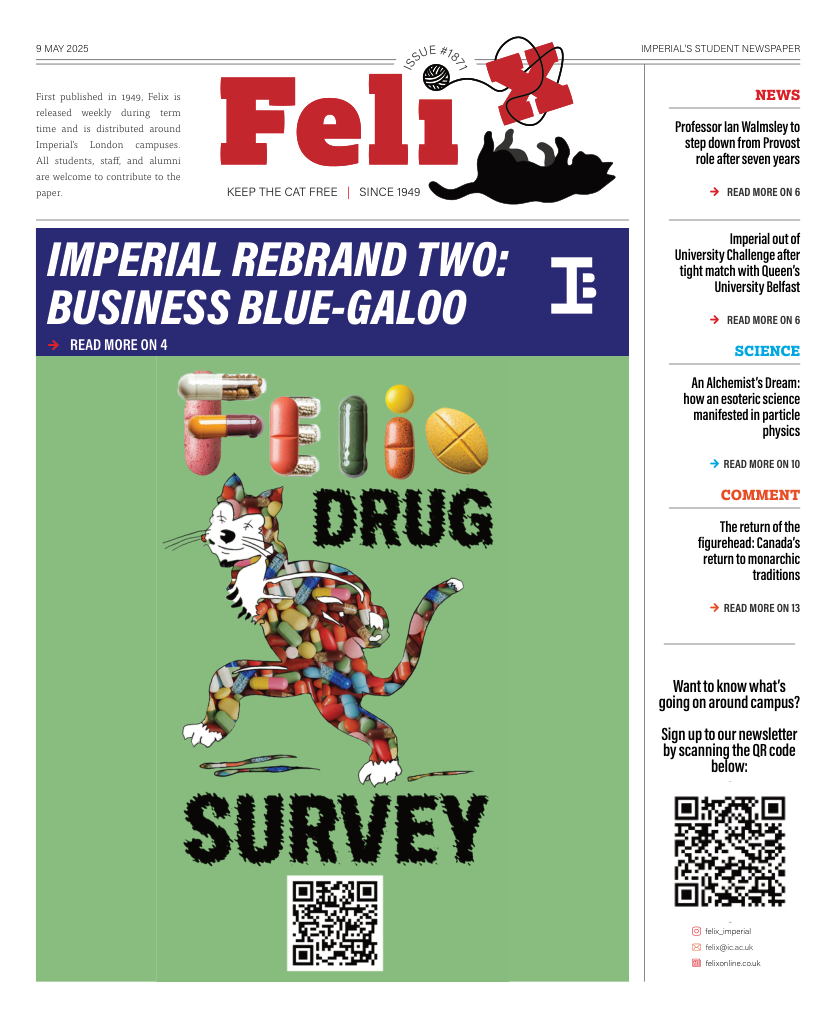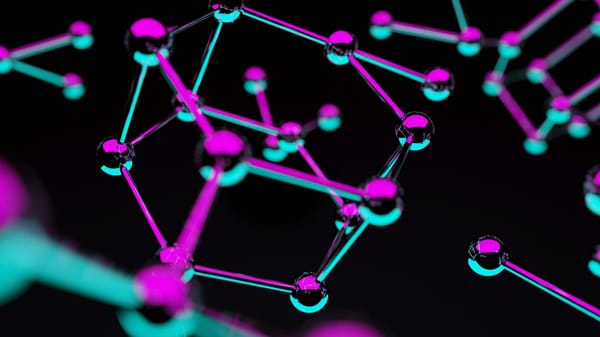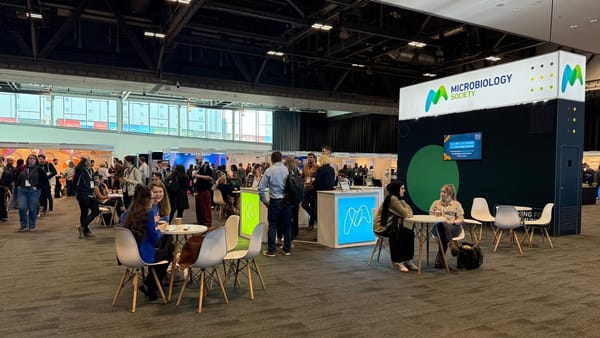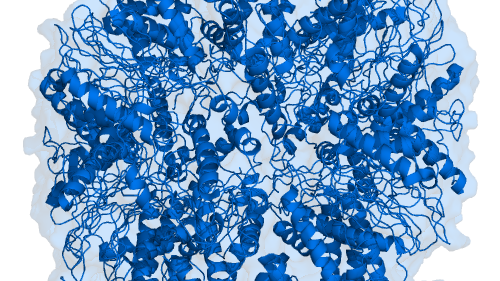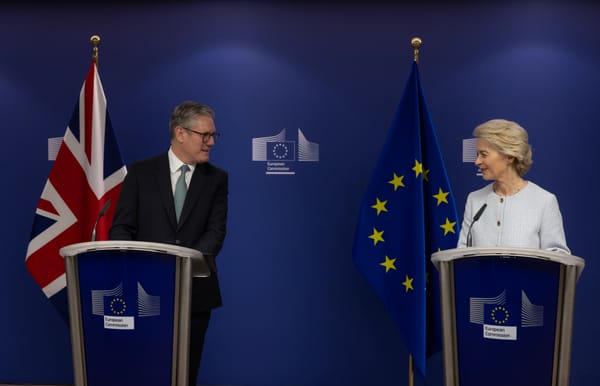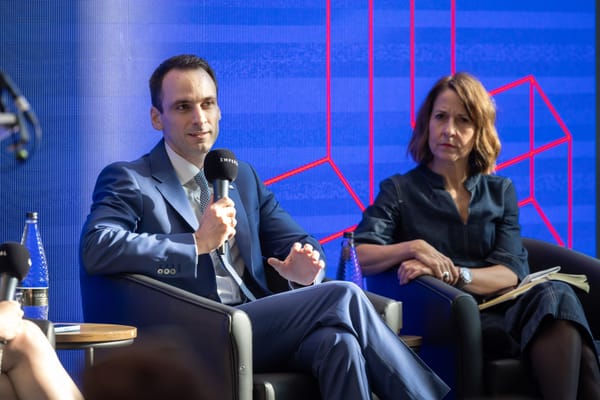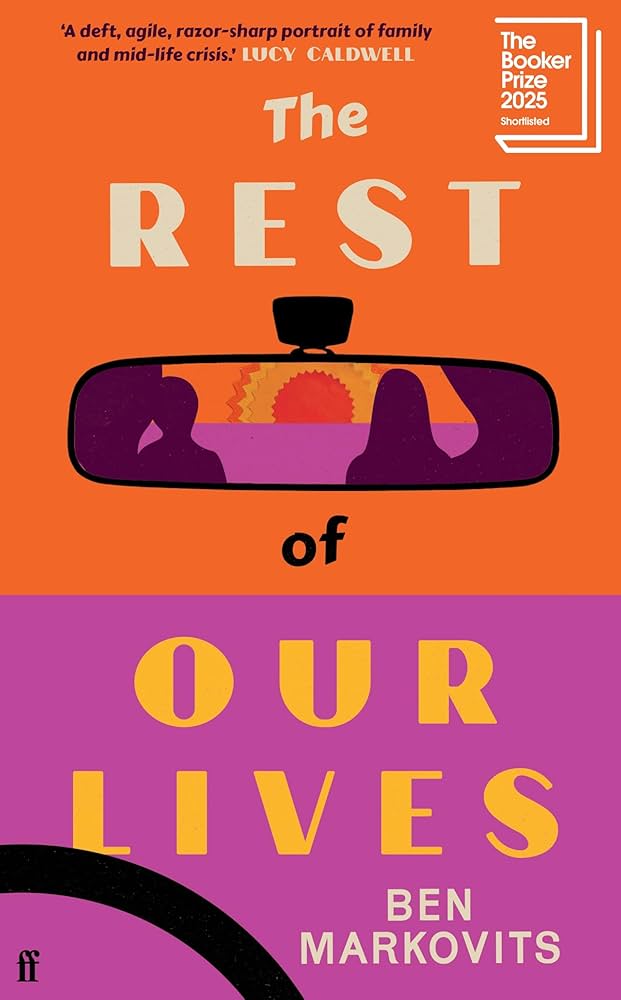An Alchemist’s Dream
Alice Choubry explores the work of alchemists, their lasting impact on science, and how scientists transmuted gold in particle accelerators.
Long, long ago, back in the Middle Ages, lived alchemists. Actually, not even that long ago – a few still dabbled in it as recently as the 19th century. One of the main research focus of alchemists was to make gold, but of course you’ve already heard of the Philosopher’s Stone.
Unfortunately, chucking some metals and elements into a cauldron is unlikely to produce gold, although some claimed to have achieved transmutation, like the Flamel couple and their Philosopher’s Stone. However, this remains mere speculations as making gold from other elements chemically is impossible. Physics, however, managed to do it. Since 1941, humans have known how to synthesise gold with particle accelerators; this technique, of course, was not available to the alchemists of the Middle Ages, they did the best they could with the knowledge they had. While synthesising gold is not a success attributed to alchemists, their pharmaceutical contributions are to be noted. For example, the Swiss Paracelsus is an innovator in the field of medical chemistry. He applied techniques from his alchemy laboratory to develop medicines, launching a trend to find effective medications instead of bloodletting. Alchemists must also be given credit for their contributions to metallurgy and early chemistry. Their works improved metal extraction and purification, with distillation techniques and cupellation (the removal of impurities from silver or gold using lead), as well as improvements in alloying and smelting.
It may be hard to imagine physicists in their lab as the ‘descendants’ of alchemists, perhaps because they are working with vastly different tools and approaches – but in the end, physicists did make gold. For me, this association is not that difficult, but that is maybe because alchemy is one of the factors that pushed me into science. And as many children and teenagers do, I fell in love with fantasy novels, many of which feature magicians, wizards and alchemists – I would have wanted to be an alchemist were I alive during the Middle Ages.
Alchemy can be considered the origin of modern science, from the will of finding more knowledge to the wish of synthesising materials, and so I decided to become a scientist. I ended up choosing a degree as interdisciplinary and as connected to materials as alchemy: materials science and engineering.
You can imagine my excitement when, at university, one of my first year’s lab was extracting gold nanoparticles – it felt magical. This was nowhere near making gold from another element, we were merely extracting gold from a solution. The gold was in the form of nanoparticles; their applications are mostly catalytic as they can easily be spread out due to their small size and they exhibit catalytic properties at temperatures lower than other metals. This lab was the realisation of a childhood dream, during that time I felt like an alchemist, even though I was simply extracting gold and not transmuting it.
Alchemists were not extracting gold from solutions. They were using base metals, like lead and mercury, and attempting to transform them into precious metals, notably gold. This was based on the belief that metals could be transmuted into more perfect metals. How this was exactly done remains a mystery, each alchemist had their own way of doing it, and would write down notes in code they only could understand. This hindered the sharing of information, but was a safety measure – you would be wary too if you could risk being burned at the stake should one of your neighbours judge your alchemical experiments too witchy. Some dedicated their lives to alchemy, but members of the clergy and nobility also dabbled into some alchemical research – they of course did not seriously fear the pyre. Albert the Great, later made saint, even established the official rules of alchemy in Europe in the 13th century, demanding alchemists should work in secrecy, be silent and discreet. Any attempt to go against the Church would be punished, as evidenced by Inquisition’s burning of 14 alchemists between 1316 and 1334.
Some experimented with heating, melting and refining metals to remove impurities, making the metal more perfect and closer to gold. Some, believing metals were made from a mixture of sulfur and mercury, experimented with both these elements to make gold. Some tried creating the Philosopher’s Stone, as this substance was supposed to enable transmutation and grant immortality and, finally, some had a more spiritual process, believing divine intervention and a particular mindset were key in making gold. Alchemists worked under since disproven theories, such as the four-element theory (earth, air, fire water) and a metals model composed of mercury and sulfur. Furthermore, atoms had not yet been discovered. Yet, when it comes to transmuting metals, atoms are key. In the case of transmuting gold from lead, these are different elements, thus they have a different number of protons. To change the number of protons, one must use modern nuclear physics – good luck medieval alchemists!
But, today, you may ask, we have nuclear physics, so making gold should be easy, right? The short answer to that is, in theory, yes. But of course, the real answer is more complex. The reason gold cannot be made from another element chemically (in a modern lab or in an alchemist’s cauldron) is because this transformation requires a lot of energy. To get the sufficient amount of energy, you need a particle accelerator, which will allow you to transform another material into gold by bombarding it with neutrons. The scientists that made gold in 1941 bombarded a mercury atom with neutrons and made gold isotopes. All those isotopes were radioactive, a significant reason to not use this synthesised gold.
In 1980, Glenn Seaborg developed the Seaborg Technique to synthesise gold. This technique uses bismuth, which is transmuted into gold by removing protons and neutrons. This is achieved by bombarding bismuth atoms with carbon and neon nuclei travelling at the speed of light. Both the 1941 and 1980 techniques are not cost efficient at all (current estimates total to $2,164,000 for a pound of gold), as particle accelerators require tremendous amounts of electricity, making synthesised gold more expensive than naturally occurring gold – another reason synthesised gold is not readily available on the market. It is true that many alchemists, such as Marie le Jars de Gourney in the 16th century, attempted to make gold to counteract financial difficulties. However, many were researching because they were animated by a passion to learn more, to understand the world around them, and, driven by curiosity, wanted to use their findings to improve the lives of those around them. And isn’t that, in a way, what science still does today?
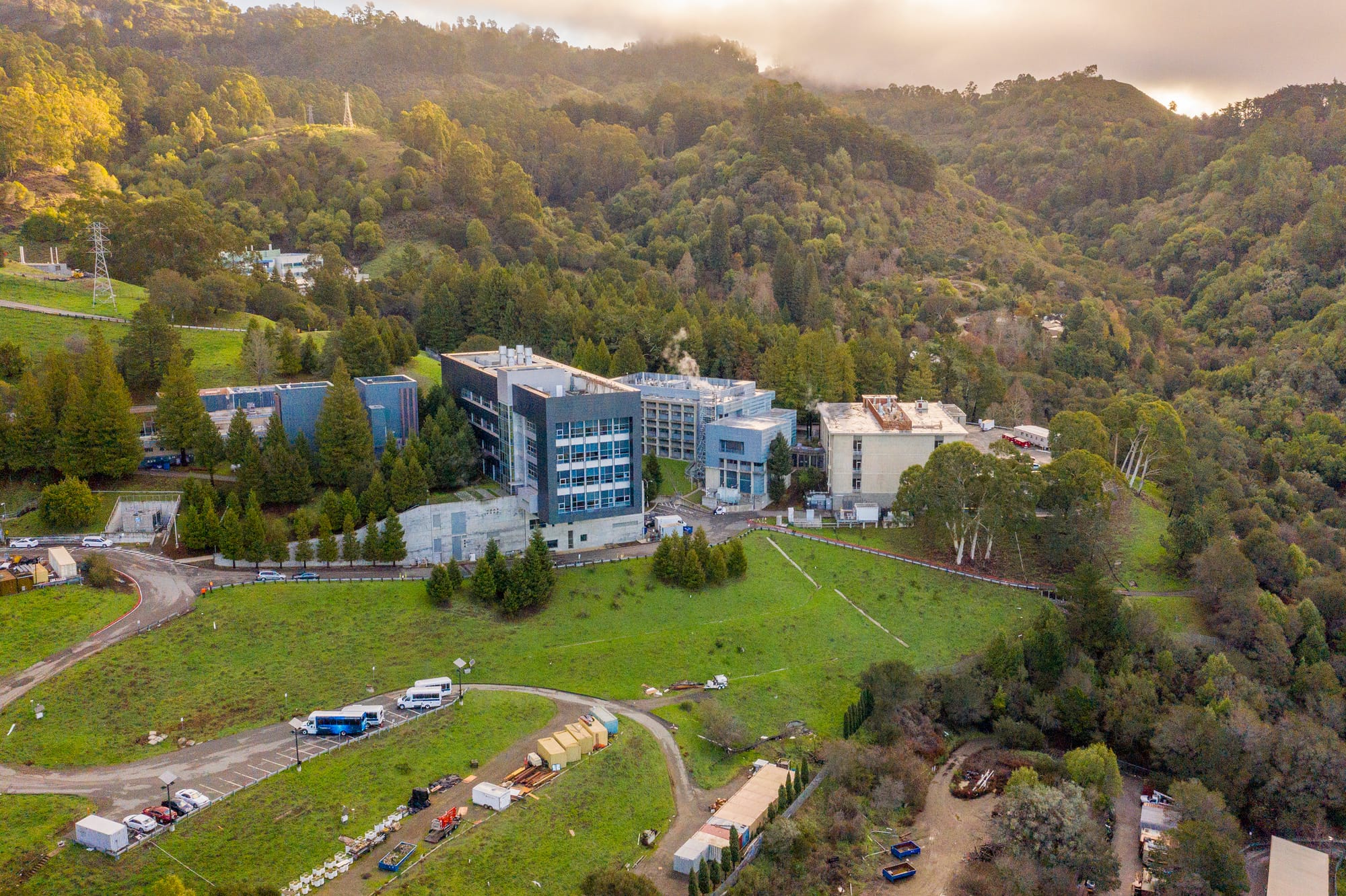
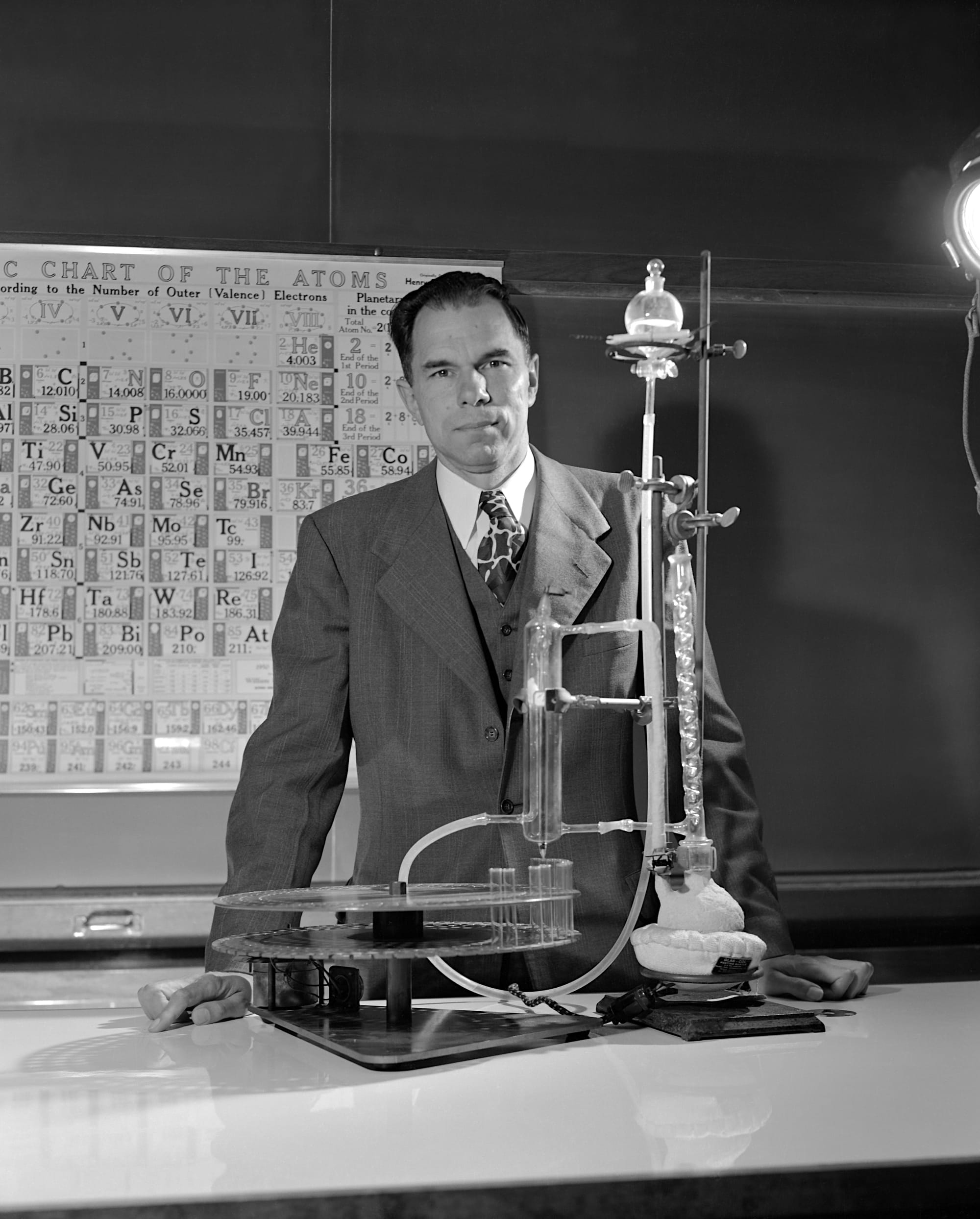
Pictured is Glenn T. Seaborg (right), standing in front of the periodic table with the ion exchanger elution column of actinide elements. Glenn Seaborg transmuted Bismuth into gold in the 1980s at the Lawrence Berkeley Laboratory (left). U.S. Department of Energy and Bammesk, via Wikimedia Commons.
So, it is maybe a bit optimistic to say that the quest to transmute gold has been achieved, the process we have is not perfect and not usable. There is much research still left to do to obtain gold in a cheaper way. Perhaps we could do with a few alchemists in the world, and not just in fantasy books.

